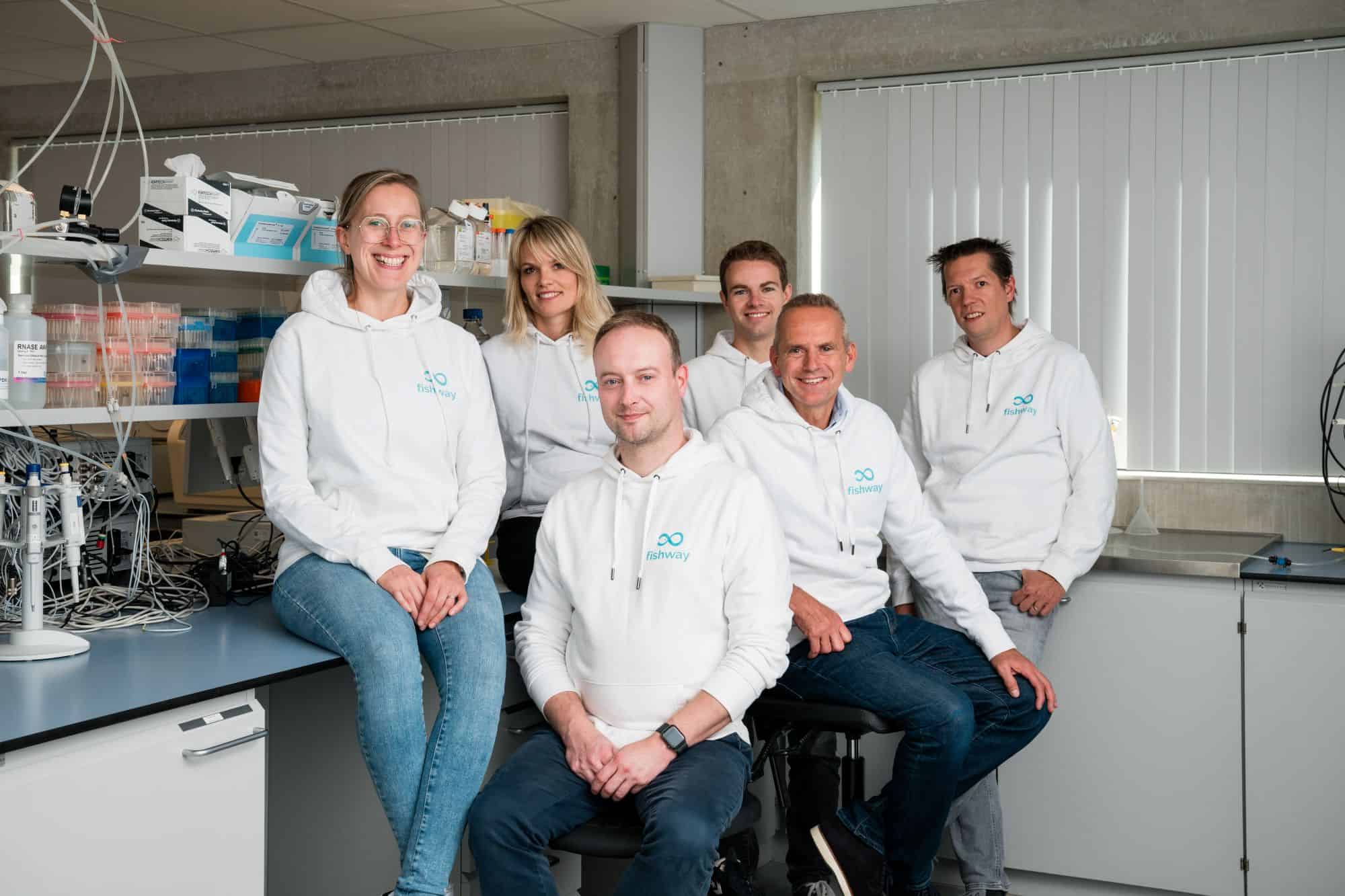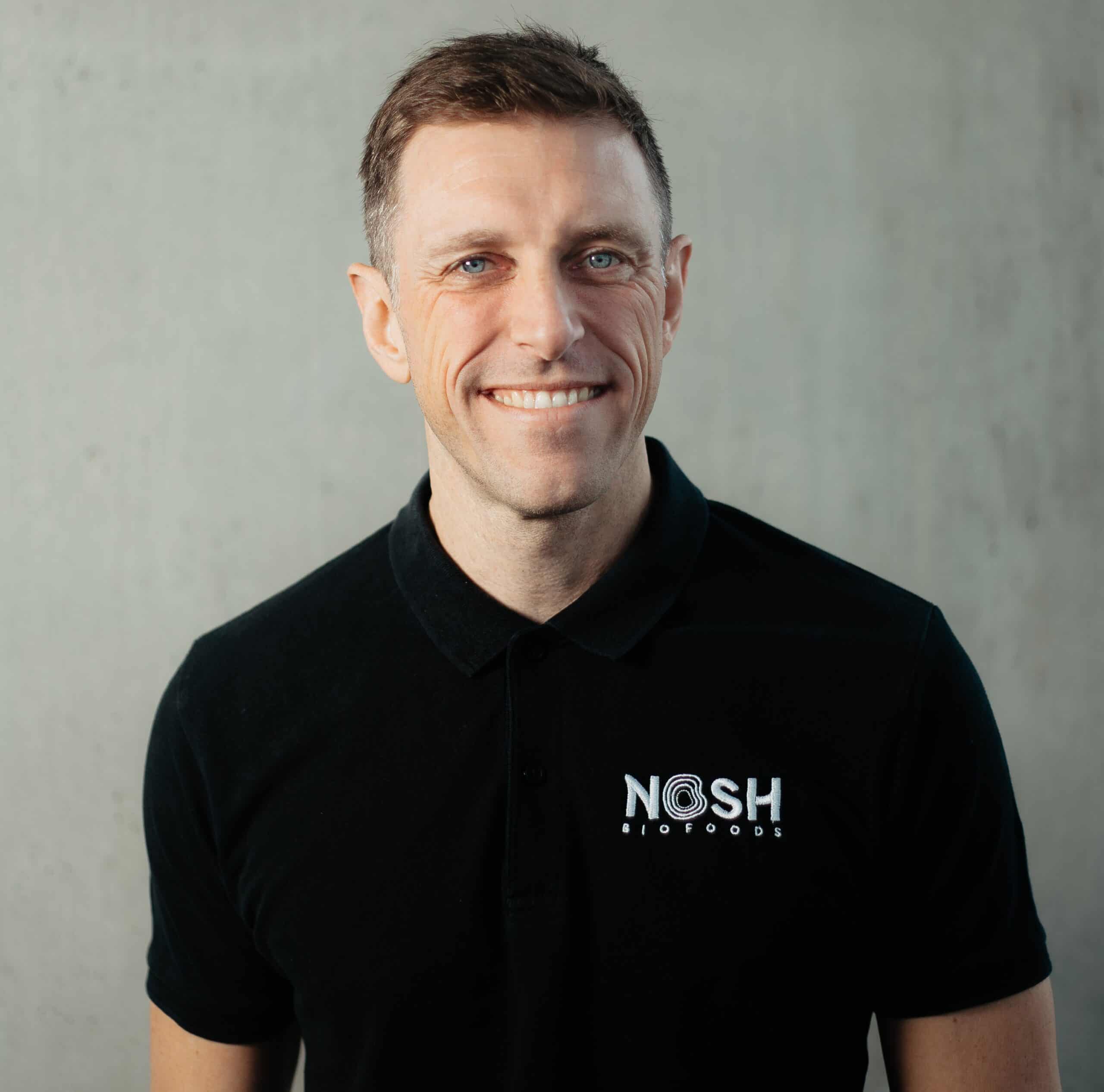Ricardo Radwanski is co-founder and CFO of Earth First Food Ventures, a unique investment platform providing early-stage capital and strategic insight to companies in the FoodTech space. Ricardo has extensive experience in international investments and wealth management, and he possesses a solid understanding of financial reporting, analysis, and risk assessment. For the past five years, Ricardo has focused on venture capital in alternative proteins, including business plan modeling, strategy formulation, and growth plans for prospective investee companies in the sector.
In this interview, Ricardo discusses the company’s strategic focus on precision fermentation for dairy proteins, the potential of this technology to address the global dairy shortfall, and the role of innovative investment approaches such as tokenization in accelerating growth within the FoodTech and alternative protein sectors.
Can you tell us a bit about Earth First Food Ventures and its mission?
Earth First Food Ventures Ltd. (‘EFFV’) is a private company focused on the Food Tech sector, specifically in precision fermentation dairy. My co-founder, Brian Ruszczyk, and I recognized the growing importance of alternative proteins in meeting the rising consumer demand, which is offsetting the decline of traditional protein sources and addressing the increasingly limited availability of natural resources. EFFV today is focused on dairy proteins from precision fermentation. We are now targeting the most economically attractive segments of the market to scale both bovine lactoferrin and BLG (or whey) proteins.

How do you decide which technologies and companies to invest in, and what do you look for in a potential partnership?
All our business endeavors are undertaken in partnerships. We do extensive due diligence on potential candidates to ensure the right ‘fit’ exists between the parties. On the technology side, we reviewed in-depth most – if not all – of the different technologies and assessed which ones can scale commercially. The technologies we favor have the resiliency to incorporate future improvements, leading to lower and sustainable ‘unit’ economics and robust market price strategies.
PFerrinX26 is a major step for EFFV. Why is this project so important for both the company and the industry?
Brian and I have decades in the financial industry with leading institutions. We have access to long-term, deep capital pools (equity and debt). Our joint venture partner, DeNovo FoodLabs, creates next-generation ingredient solutions leveraging their proprietary biotech platform and with deep expertise in bovine lactoferrin from precision fermentation (NanoFerrin).
Through PferrinX26, where we are joint stakeholders, EFFV is architecting an international consortium of global industrial players to build the dairy farms of the future from precision fermentation lactoferrin, globally. We’ve done this before in land-based aquaculture for the production of Atlantic Salmon at commercial scale.
What are the main advantages of using precision fermentation to produce Lactoferrin compared to traditional dairy extraction methods?
The world is running out of animal dairy. There are several reasons for this: increasing costs (including regulatory), changing consumer preferences away from traditional dairy, and a traditionally low—or negative—margin dairy industry.
Protein has become the most important nutritional component in the Western diet—and in other growth markets. Lactoferrin is in great demand, but supply is constrained and inconsistent, leading to high prices and food supply disruptions. These constraints significantly reduce market growth and use in the nutrition, food and cosmetics space, and hinder new applications.
Today, precision fermentation lactoferrin already shows robust economic returns at current market prices. We believe precision fermentation lactoferrin will be more cost-competitive compared to traditional dairy. The estimated growth of this market from the current ca. 800 tons to 3,000+ tons (by 2035) will come mostly from precision fermentation lactoferrin instead of harvesting it from nature, enabling lower costs, consistent supply and higher volumes than traditional dairy.
This, in turn, creates a world where lactoferrin becomes available for widespread use across various categories with improved supply chain traceability and no exposure to external negative elements such as climate extremes and diseases.
Companies that use lactoferrin face sustainability goals by around 2030 that favor precision fermentation technologies. The timing couldn’t be better as the precision fermentation industry will be producing at commercial scale by then, with PferrinX26 as a leader in this space.
Dairy incumbents have an important role to play; they have the unique ability to sell precision fermentation lactoferrin (and other products from this technology) on a standalone basis or incorporate precision fermentation lactoferrin in their existing product lines to capture premium price points and leverage their distribution networks.

What challenges did you face when scaling PFerrinX26, and how are you overcoming them?
We will start commercial production early in 2027. We’ll let you know about the challenges solved by then!
With the global dairy sector facing a $75 billion shortfall, how do you see precision fermentation addressing this gap in the next 5 to 10 years?
We view the $ 75 billion+ shortfall as a massive, once-in-a-lifetime opportunity!
Precision fermentation will play a huge role in filling this $75+ billion gap, for reasons mentioned above, for lactoferrin. In the case of dairy BLG, this is a much bigger market vs. lactoferrin – around 3 to 4 million tons per annum – but facing the same natural resource constraints. We are targeting four precision fermentation facilities producing 10,000 tons annually of BLG equivalent to 250,000+ dairy cows, for a total of 40,000 tons of BLG per annum. By the early 2030s, with commercial scaling, precision fermentation BLG will be more competitive than dairy BLG across the different concentration grades, and with differentiated favorable qualities (grades of purity, antibiotics- and lactose-free, for example).
Our BLG can allow incumbent dairy partner(s) to enhance their traditional dairy offerings to command a premium in the market for nutritionally enhanced variations of their current product offering. Big Dairy will be a key stakeholder in the precision fermentation value chain, capitalizing on this significant opportunity.
Plant-based dairy will also fill in some of this gap; however, unlike plant-based dairy, precision fermentation dairy proteins are bioidentical to animal dairy proteins, among other comparisons that favor precision fermentation dairy, such as taste, texture, etc.
One of our partners, Strive Nutrition Corp., earns ‘wow!’ accolades from consumers for its flagship product, FREEMILK (whole and chocolate), available in stores in the New York metropolitan region and nationwide via e-commerce. We believe this is the beginning of a massive CPG movement to precision fermentation dairy.
Which industries do you believe will drive the highest demand for Lactoferrin, and what makes it such a valuable ingredient for them?
By 2035, the industry expects infant formula and dietary supplements to account for 30% of the total lactoferrin market each, followed by pharmaceutical (20%), food products (15%) and cosmetics (10%). We agree with the estimates calling for an increase in the market from today’s $1 billion to $4+ billion by 2035. The drivers for this growth will be i) reduced price point, ii) increased supply, and iii) supply consistency. We see more applications for lactoferrin in the future, especially driven by consumers’ demand for more nutritious protein-enriched foods. An aging population is an important growth market, as is the health & wellness sector.
Lactoferrin is considered the ‘miracle’ protein, providing numerous health benefits such as immunology, cognition, gut health, anti-inflammation, bone health and others.

You recently opened a funding round through tokenization. How do you view this method as an alternative fundraising tool in the food tech space?
Food Tech companies are startups, and their shares are illiquid. Investors value liquidity. Tokenization can be the bridge by accelerating these companies’ access to legitimate alternative trading markets where their tokens are traded. Token investors have a liquidity option once the issuing company ‘lists’ on one of these platforms. If a market for the token(s) is not possible (i.e., the low volume of outstanding tokens is not conducive to market trading), then investors should hold tokens that are similar to shares until the issuing company executes a liquidity event (IPO, sale to strategic investors, etc.).
What do you see as the biggest hurdles for companies in precision fermentation today, and how can they be addressed to accelerate growth?
Precision fermentation startup companies need to have a ‘mainstream’ mindset and execute on it. This means working with incumbents and other strategic-industrial players, partnering with smart, long-term capital for the longer haul to commercial scale, and executing with clear line-of-sight on unit economics and profitability.
De-risking the business from the outset is critical. One of EFFV’s competitive advantages is our risk management experience: we are the ONLY entity bringing together global strategic-industrial players in partnership to de-risk the scaling of a new industry, including tech & manufacturing partners, dextrose and other input suppliers, off takers with long-term agreements, grants and foundations, B2B and B2C incumbents.
This last point is very important: the accelerated growth and successful commercial scaling of dairy from the precision fermentation industry needs to be in partnership with Big Dairy. Dairy incumbents can quickly leverage off their infrastructure and market presence by introducing precision fermentation dairy lactoferrin and BLG in their product portfolios to existing — and new — clients and markets.
What’s next for Earth First Food Ventures? Are there any upcoming projects or areas of investment you’re particularly excited about?
We are 200% focused on precision fermentation lactoferrin and – in a subsequent stage – BLG with world-leading partners. The best-in-class consortium we are putting together will be fully capable to take these businesses to the key growth markets globally after the first facilities are operating in the US.




